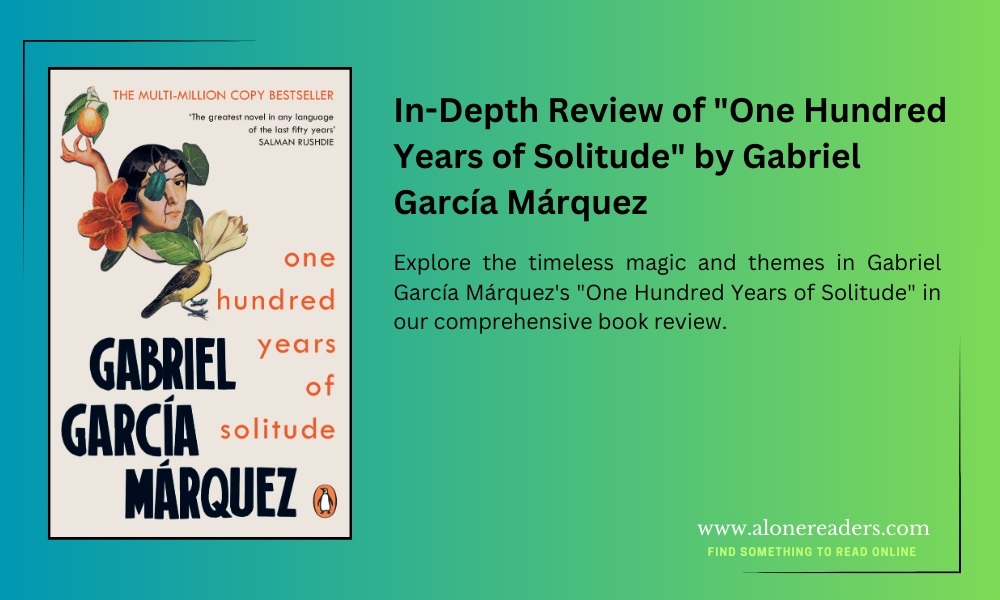
"One Hundred Years of Solitude" by Gabriel García Márquez is a monumental novel that masterfully intertwines the fantastical with the realistic, painting a vivid and enduring portrait of the Buendía family over several generations. This literary masterpiece not only captures the imagination but also the complexities of human nature and the cyclic nature of history.
The novel opens with the story of the Buendía family’s patriarch, José Arcadio Buendía, who founds the fictional town of Macondo in the heart of Colombia. What follows is a spellbinding saga that spans a century, documenting the rise and fall of this isolated town through the lives of the Buendías. In its pages, Márquez employs magical realism—a style he popularizes—blending the mundane with the supernatural as a means to express the extraordinary and everyday moments of life.
At its core, "One Hundred Years of Solitude" deals profoundly with the themes of solitude and destiny. Each member of the Buendía family is marked by their predetermined fates and intense isolation, despite being surrounded by loved ones. This motif of solitude runs deep through the narrative, echoing the broader human experience of searching for meaning in a perplexing world.
The cyclical nature of history is another significant theme Márquez addresses. The Buendías repeatedly fall into the same patterns of mistakes and misfortunes, suggesting an inescapable loop of history within families and societies. This is depicted through recurring names, traits, and fates that manifest across generations, reflecting the author’s views on the ineluctable repetition of history.
Márquez’s writing style in "One Hundred Years of Solitude" is lush and descriptive, with an omnipresent yet unobtrusive narrator who has a deep understanding of human character. His ability to describe complex emotions and situations with simplicity and beauty is unmatched, making every sentence of the novel a piece of art in itself. The magical realism in the story does not just serve as a narrative technique but also as a lens through which the historical and political landscapes of Latin America are explored and critiqued.
Characters in the novel are vividly drawn, each with distinctive traits and destinies. From the impulsive and adventurous Aureliano Buendía, who fathered numerous children with different women, to the clairvoyant and mysterious Úrsula, who lives to see the entire saga of her family unfold, these characters are enduringly fascinating. Their stories of love, betrayal, joy, and sorrow are universally relatable yet uniquely tethered to the magical setting of Macondo.
Critically, "One Hundred Years of Solitude" has received vast praise for its imaginative narrative and profound philosophical insights. It is often considered Márquez’s greatest work, and a fundamental novel in the magical realism genre. Its influence is widespread, impacting not only literature but also the way in which stories can be told.
The novel’s translation into dozens of languages and its global acclaim attest to its universal appeal and enduring relevance. It offers readers not just a story, but a richly woven tapestry of history, myth, and tragedy, revealing the infinite complexities of human life and the mystical forces that shape our existence.
In conclusion, "One Hundred Years of Solitude" is more than just a novel; it is a profound meditation on the solitude and the unbreakable patterns of history that define the human condition. Gabriel García Márquez’s work is a treasure of world literature that continues to captivate and inspire readers around the globe. Whether you are drawn to its historical context, its rich narrative structure, or its intricate character development, this novel is a compelling read that resonates long after the last page is turned.